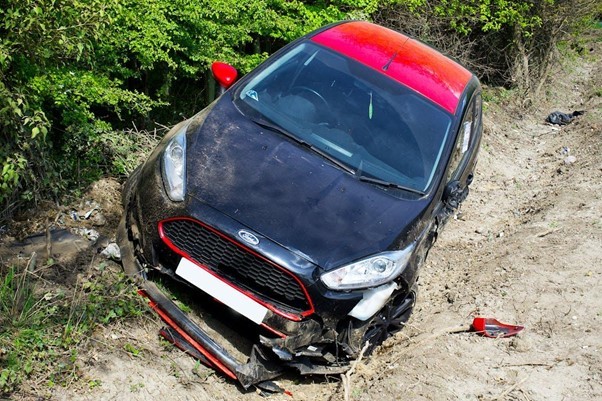 In 2022, 5,930,496 police-reported motor vehicle crashes were reported, a decrease of 2.8% from the previous year. Technology is playing an increasingly important role in improving automobile safety and preventing accidents. Advanced sensors and automated driving aids can detect hazards and take action faster than human drivers.
In 2022, 5,930,496 police-reported motor vehicle crashes were reported, a decrease of 2.8% from the previous year. Technology is playing an increasingly important role in improving automobile safety and preventing accidents. Advanced sensors and automated driving aids can detect hazards and take action faster than human drivers.
Connected vehicle systems allow cars to share real-time warnings and data. Even vehicle structural design continues to evolve to provide more excellent crash protection. As these technologies increase, they are expected to dramatically reduce the number of crashes that occur each year.
https://www.pexels.com/photo/car-crash-on-dirt-road-11985980/
Advanced Driver Assistance Systems (ADAS)
One of the most important developments in auto safety technology in recent years is Advanced Driver Assistance Systems (ADAS). ADAS refers to a range of automated systems in vehicles that help assist the driver and enhance safety. Some examples of ADAS technologies include:
Collision Avoidance Systems
These systems use sensors to detect potential collisions and automatically brake or steer the vehicle to avoid or mitigate the crash. Examples include automatic emergency braking, lane departure warning, and blind spot monitoring. There are more than 800,000 blind spot accidents each year, and one study found if every vehicle were equipped with blind spot monitoring, it would prevent 50k crashes and 16k injuries. These systems help compensate for lapses in human attention and have been shown to significantly reduce rear-end crashes.
Adaptive Cruise Control
Adaptive cruise control uses cameras and radar to detect the speed and distance of vehicles ahead and adjust the cruise control accordingly to maintain a safe following distance. This reduces the chance of rear-end collisions due to inattentive driving, which a car accident lawyer can help with.
Lane Keeping Assist
These systems use cameras to detect lane markings and make small automatic steering corrections to keep the vehicle centered in the lane. This helps prevent run-off-the-road and sideswipe crashes that can result from distracted driving – – 3,522 people died in distracted driving accidents in 2021.
Vehicle-to-Vehicle (V2V) Communication
An emerging technology is vehicle-to-vehicle (V2V) communication, which allows cars to essentially talk to each other over a wireless network. Through this network, vehicles can transmit and receive information about their speed, location, and direction of travel. V2V communication gives vehicles 360-degree situational awareness that far exceeds what human drivers or even cameras and radar can provide.
V2V technology can be used for collision warnings and avoidance, blind spot warnings, and cooperative cruise control. By exchanging real-time data, vehicles may be able to automatically avoid crashes that their sensors would not otherwise detect. This could significantly reduce the high number of accidents caused by blind spots and lane changes – 530,000 lane change accidents happen every year, which is 10% of all crashes.
Improved Vehicle Design
In addition to new technologies, continual safety improvements in the core design of cars also helps prevent accidents. Advances in vehicle body structure, airbags, seatbelts, and crumple zones all combine to better protect occupants in a crash. Pedestrian safety has also become a major focus, with design changes that reduce aggressive hood and bumper heights.
New and improved safety standards from regulators also push automakers to enhance their designs. For example, rearview cameras became mandatory in 2018, eliminating large blind spots contributing to backover accidents. Continued upgrades to minimum safety criteria will make vehicles inherently safer at avoiding and surviving crashes.
Driver behavior remains a major factor, but technology may someday compensate enough to virtually eliminate automobile collisions.










